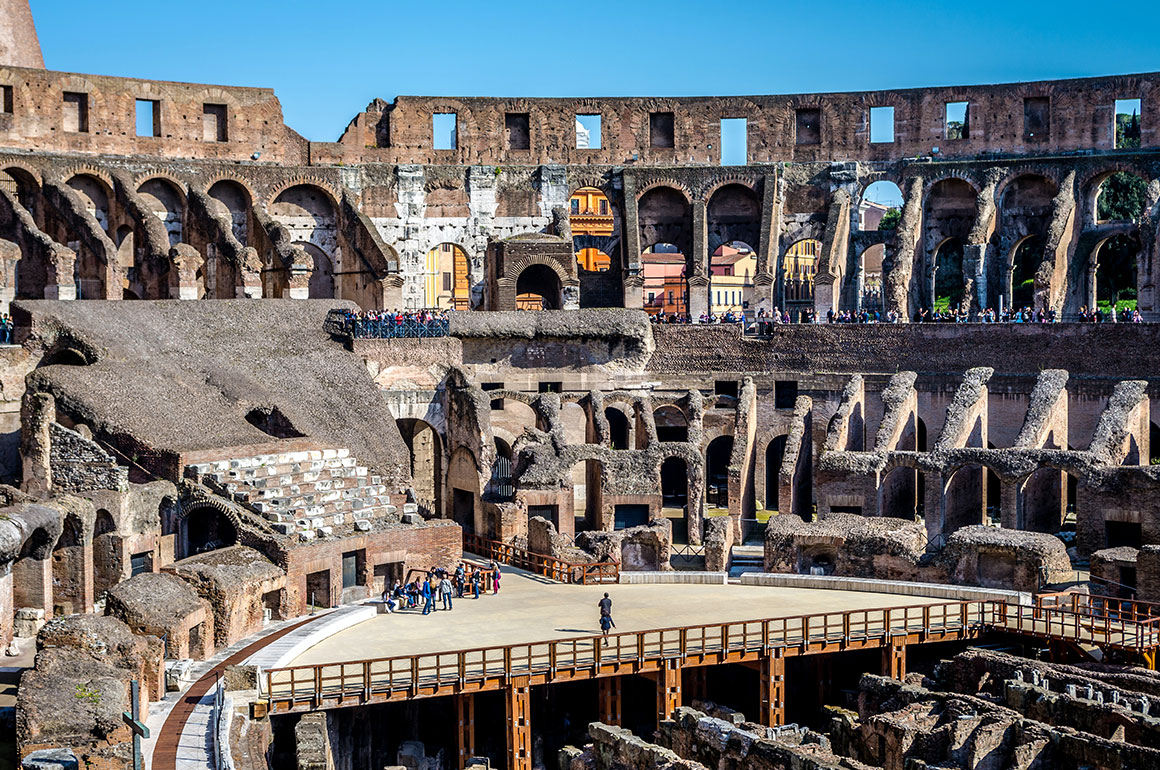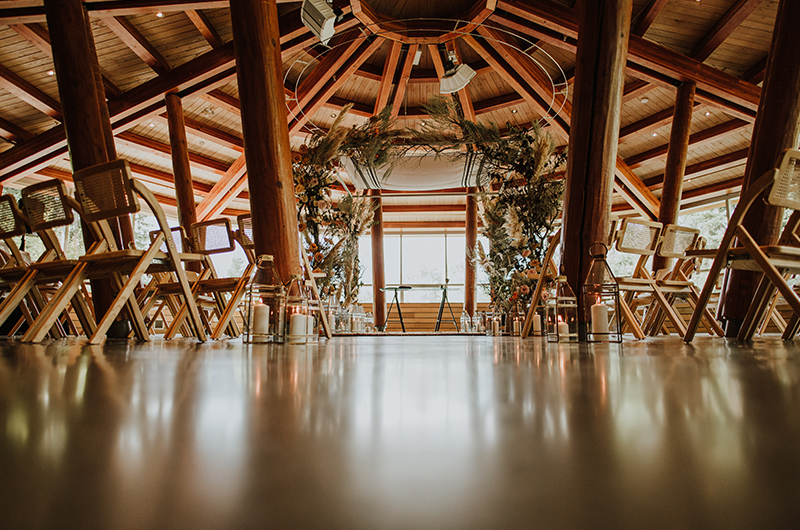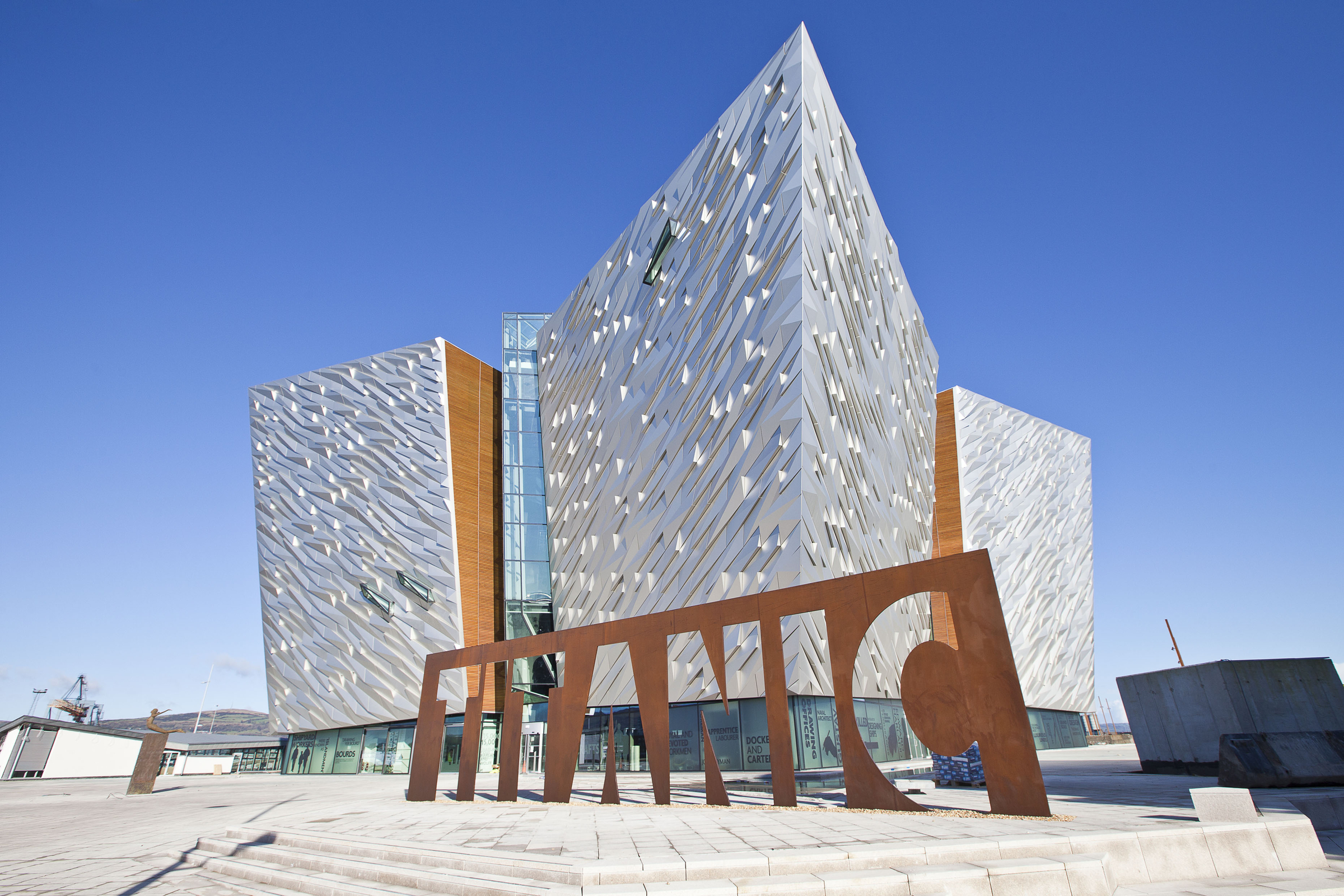Skift Take
As we battle with the challenges of connecting remote workforces and the impacts of the Russia-Ukraine war, venues rich in cultural heritage provide powerful backdrops that highlight diversity and help to foster human connection.
Enhancing human-to-human connection is the bedrock of most events. Settings rich in cultural heritage are tangible showcases of human history and endeavor; they add a rich background that can inspire and leave a lasting mark on event participants.
Cultural heritage refers to “the legacy of tangible and intangible heritage assets of a group or society inherited from past generations.” Tangible includes items that can be physically engaged with, like buildings, monuments, artifacts, artworks, and books, while intangible refers to stories, folklore, languages, and traditions.
Constitution Hill
Photo credit: Constitution Hill
Constructed in 1896, Constitution Hill was initially used as a fort and later to incarcerate political and common-law prisoners, including former South African president Nelson Mandela, Joe Slovo, Albertina Sisulu, alongside many others. The prison closed its doors in 1983 due to overcrowding.
The narrative surrounding the area shifted in post-apartheid South Africa. Once the site of extreme human rights violations and segregation, the site now stands for the protection of human rights as the home of the country’s Constitutional Court.
Part of the audience development strategy at Constitution Hill has been to offer event venues through “adaptive reuse” of the historical buildings. The setting gives visitors a first-hand experience into South Africa’s path to democracy and hosted small meetings all the way up 20,000 festivals.
Squamish Lil’wat Cultural Centre
Photo credit: Logan Swayze
Founded in 2008 in preparation for the Winter Olympic Games, the Squamish Lil’wat Cultural Center represents a rich and immersive experience centered around two First Nations groups, the Squamish and Lil’wat, in the shared Whistler territory.
The space is more a cultural center than a museum and is best described as a “living building.” For example, the canoes, poles, and weavings have all been elements of projects over the last decade to revive the traditions of each nation. On arrival, guests are welcomed by traditional songs and tours run by cultural ambassadors.
The center is a not-for-profit initiative with all proceeds invested in training and cultural revitalization programs for the Squamish Nation and Lil’wat Nation. All teachings are authentic, as this center features mostly Indigenous employees.
Benefits of Cultural Heritage Venues
Hosting an event in a cultural heritage space is not only a way to showcase culture and heritage, it is also a way of safeguarding it for future generations. “The best way to preserve a heritage building is to use it,” said Reuben Phasha, heritage and education manager at Constitution Hill.
Compassion and connection
Exposing attendees to cultural heritage experiences helps people cultivate compassion for and with others. With events being designed gatherings, the combination with cultural heritage can go further in increasing feelings of belonging, broadening global circles, combating loneliness, and supporting mental wellness.
Nadija Veach, marketing manager of the Squamish Lil’wat Cultural Centre, explained that when people visit the venue, they feel a deeper connection to the culture, themselves, nature, and the area, adding value to the experience.
Challenging biases and cultivating respect
The exploration of other cultures and heritages can make attendees become more self-aware and able to recognize internal biases by comparing them to something else. Meeting new people and experiencing other cultures highlights opinions, beliefs, and practices that may not always match our own. Learning to respect different cultures and views leads to better collaboration, celebrating differences, and becoming sensitized to other people’s needs, experiences, and traditions.
Cultural celebration and preservation
Cultural heritage is celebrated and preserved by sharing it with others. “[A]s an event planner, if you go to a heritage site, you’re contributing a lot to preserving the rich story heritage… in [a] country,” Phasha said.
According to Veach, hosting an event at the Squamish Lil’wat Cultural Center coincides with Canada’s reconciliation effort. “It is educational, but also celebratory, you know, we have these beautiful cultures and rich history… So when guests get to come to the building and host their events here, they’re getting to experience that as well.”
Drawbacks of Cultural Heritage Venues
Availability and in-built experiences
Most cultural heritage venues often have features and tours that may be used in private events. Constitution Hill offers immersive tours of the grounds and museums while the Squamish Lil’wat Cultural Centre offers cultural sharing and storytelling among other activities.
While ideally, events will take advantage of these experiences designed to provide attendees with providing a sensory experience, they may not be the right fit for every event.
Limitations of historical buildings
Not all events are a fit for cultural heritage venues, there is a need for planners to “familiarize themselves with heritage” according to Phasha. Cultural heritage sites are irreplaceable, planners need to collaborate with site managers and acquaint themselves with the rules and the regulations of the space.
“The key thing here is you need to leave the heritage site in a better condition than you found [it]… Coming to the heritage site contributes to the upkeep of that space. You don’t want to devalue the site,” Phasha added. “But once you work through that, the benefits are going to outweigh [everything] because you’ll be getting that rich historical experience.”
Cultural appropriation
Cultural heritage venues lend events a unique opportunity to get people thinking, encourage discussions, and make space for a diverse range of perspectives. When hosting events in cultural heritage venues, it is critical to be aware of cultural appreciation versus cultural appropriation, with planners wanting to safeguard against and avoid the latter. If brands misappropriate this connection this can be damaging to both the brand and the venue.
The Squamish Lil’wat Cultural Centreoften comes across preconceived perceptions of what the culture in Canada entails; people assume indigenous cultures are the same, when in fact, each is unique. “These things are being addressed through reconciliation now… [It’s] important to recognize those differences,” Veach stated. To avoid this, all event communications should be acutely culturally aware.
Reciprocity in the Cultural Heritage Event Experience
There may be limitations, but hosting an event in a venue with a cultural heritage focus can have long-term, valuable benefits for everyone involved.
“It benefits the audience and the event organizer. And for us, it creates an opportunity to generate revenue for sustainability and upkeep… it provides a rich experience that you wouldn’t get from a modern built hotel,” said Phasha.







